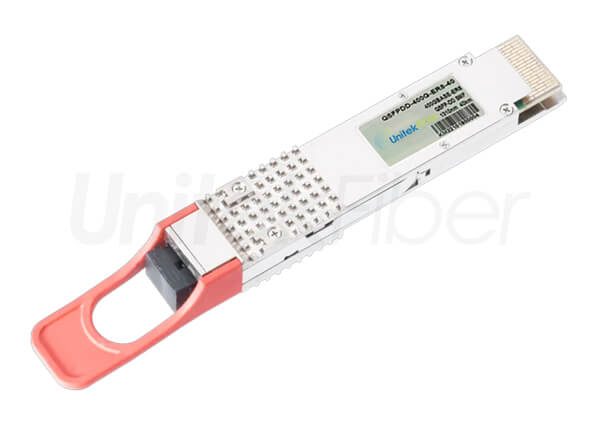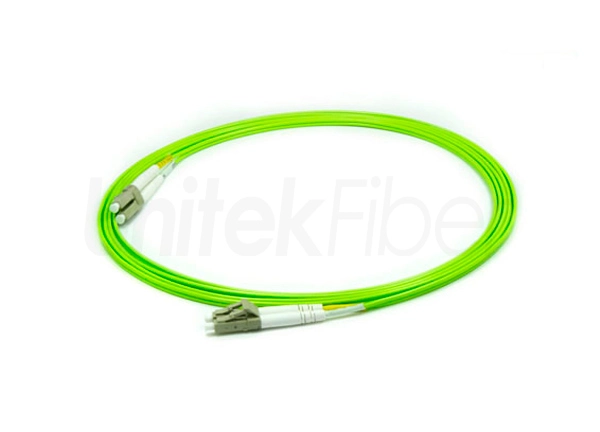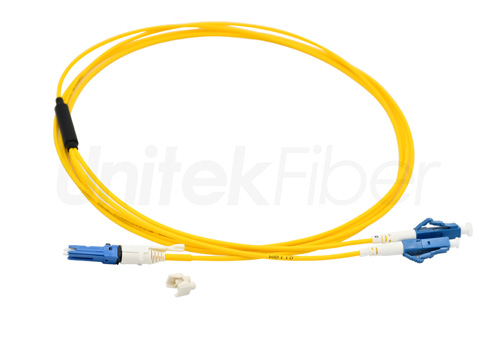
Fiber optic cable are the lifeline of modern communication networks, facilitating high-speed data transmission over long distances. When it comes to fiber optic cable, there are two primary types: gel fiber optic cable and dry fiber optic cable. In this blog, we will explore the characteristics, advantages, and applications of both gel and dry fiber optic cable, helping you understand the differences between these two optical cable.
Gel-filled fiber optic cable, as the name suggests, contain a gel-like substance inside the optical cable structure. The gel serves several purposes:
a. Moisture Protection: The gel acts as a moisture barrier, preventing water ingress into the optical cable. This is particularly important in outdoor or underground installations where exposure to moisture is high.
b. Cable Flexibility: The gel provides flexibility to the optical cable, making it easier to handle and install in rugged environments.
c. Enhanced Signal Transmission: The gel reduces the impact of micro-bend and minimizes signal loss, resulting in improved signal quality and performance.
Dry Fiber Optic Cable
Dry fiber optic cable, on the other hand, do not contain any gel or similar filling substance. Instead, they rely on other design features for protection and performance:
a. Tight Buffering: Dry optical cable often feature tight buffering, where individual optical fiber are coated with a protective layer right after the optical fiber coating. This provides mechanical strength and protection against physical damage.
b. Water-blocking Materials: To ensure moisture resistance, dry optical cable incorporate water-blocking materials, such as water-blocking tapes or filling compounds, strategically placed within the optical cable structure. These materials swell when exposed to moisture, effectively blocking water penetration.
c. Ease of Termination: Dry optical cable are generally easier to terminate and splice compared to gel-filled optical cable. They require less preparation time and do not involve dealing with gel-filled optical cable cores.
Both gel and dry fiber optic cable offer unique advantages and find applications in different scenarios:
a. Gel Fiber Optic Cables: Gel-filled optical cable excel in outdoor and underground installations, thanks to their superior moisture resistance. They are commonly used for long-haul communication lines, undersea optical cable, and other outdoor applications where protection against moisture is critical.
b. Dry Fiber Optic Cables: Dry optical cable are often chosen for indoor or shorter distance applications. Their ease of termination and handling make them suitable for installations in data centers, enterprise networks, and residential settings.
In summary, gel fiber optic cable and dry fiber optic cable each have their own set of advantages and use cases. Gel-filled optical cable provide excellent moisture protection and are ideal for outdoor and underground installations. Dry optical cable, on the other hand, offer easy termination and compatibility with indoor environments. Understanding the differences between these cable types will help you make an informed decision when selecting the appropriate fiber optic cable for your specific requirements.
UnitekFiber is dedicated to providing high quality fiber optic cable that meet your specific requirements. For more detailed information, please visit our website at www.unitekfiber.com. We look forward to supporting you with our reliable and efficient fiber optic solutions.



